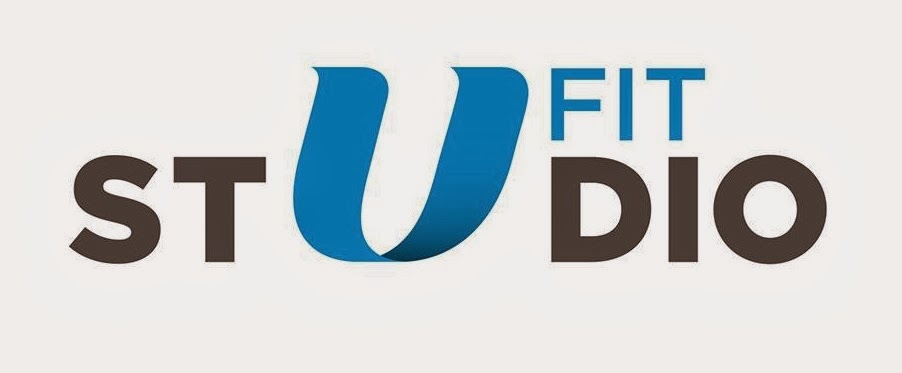So where do you go from here?
The obvious answer is to do un-weighted squats, or very low weight squats and build it up gently. After all, you will not be overloading the joints like you would be with a heavy squat. This is a simple answer, and although I adore simplicity in exercise and health, sometimes it just doesn't cut it.
The problem with this approach is that you are not teaching your body to move differently to how it has been. All you are doing is re-enforcing a faulty movement pattern that has developed over time.
The low intensity will means you probably won't get any stronger as the muscles will not be overloaded.
So, you can spend the rest of your life squatting poorly with light weights and not working at the correct intensity to strengthen or improve anything; or you can do something productive, overload your muscles, and develop the ability to back squat safely all at the same time.
Here's what you need to do.
Regress the squat to a pattern which you can perform and train flexibility through broken down movement patterns from the bottom up.
Squat regressions all have one basic principle; they provide you with a forward weight shift which means that you need to have a less extreme range of motion to perform the lift. You won't be able to shift as much weight because the regression puts you at a mechanical disadvantage when compared to a back squat. .
Examples include
-
Elevating
the heels, with a plank, some small plates or weight lifting shoes.
-
Putting the weight
on the front, like a goblet, extended arms or front squat
-
Providing a
forward push/pull, wall ball, TRX or Cook band squat
Excluding any injuries or joint pain, I guarantee that there will be a combination of these which allow anybody to perform a squat while their mobility is inadequate.
Now we have found a way to overload the muscles, we need to
improve the mobility in the most efficient way possible. This always begins
with self-myofascial release, or foam rolling. For those of you unfamiliar with
this it operates the same principle as sports massage, but you can do it
yourself. I am not saying that sports massage has been made redundant, as a good massage is
better than anything you can do yourself, but this is a good alternative.
Identify what your limiting factor is in your squat, it is
probably one or a combination of:
-
Calves
-
Knee flexors
-
Hip extensors, abductors, adductors
-
Thoracic Spine flexors
-
Scapula retractors
If they are tight these need releasing every time you train and before you
perform any warm up movements.
Secondly, rebuilding correct movement patterns. We are programmed to develop our squat from the bottom up.
When we are children we begin by squatting, then we stand. We don’t do it the other
way round. The exact exercises require to build a squat are too complicated to
explain here, just remember the order of progress.

Perform these movements as a warm up to your squat, constantly pushing as far as you can go whilst maintain immaculate form. Slowly build to a full, bodyweight overhead squat, then you’re
good to go.
You’ll be amazed at how easy it is when you are using your
muscles correctly.











